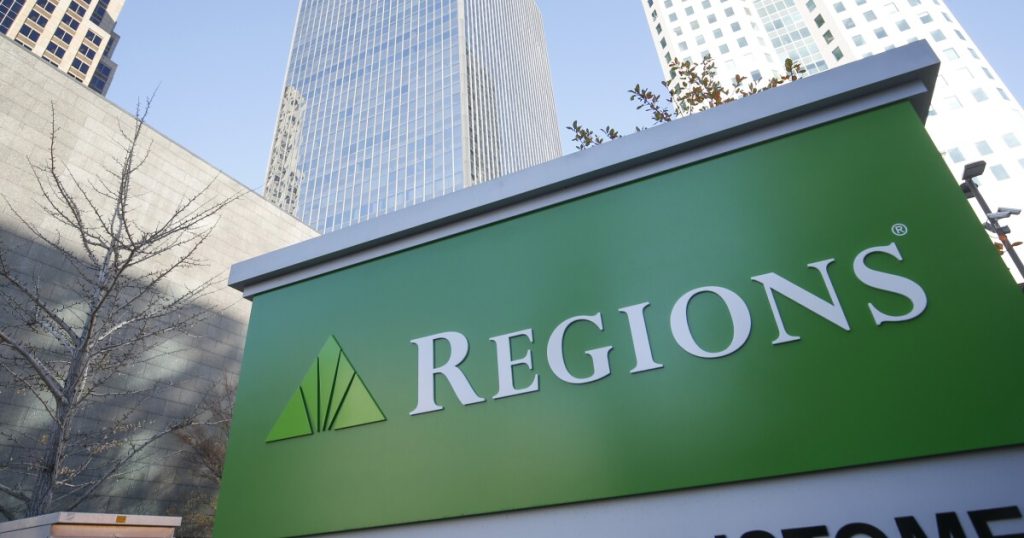Regions Financial , the Birmingham, Alabama-based regional bank, plans to upgrade its core deposit platform by 2027, transitioning to scalable, cloud-based software that executives say will deliver products and services to customers more efficiently.
“Because we’ll have a single deposit platform operating across our footprint … we really will have a competitive advantage with respect to technology,” Regions President and CEO John Turner Jr. said during an earnings call with investors on Friday morning. “That then might change some of the aspects of our strategy. But today, we’re focused on just delivering that product.”
Regions, the $159.2 billion-asset parent of Regions Bank, expects the new system to result in higher costs over time. But Rian Pressman, vice president and senior credit officer at Moody’s, said the company is well positioned to withstand those additional costs, partly because its 56% efficiency ratio is on the low side.
The bank intends to stay out of the depository M&A market — though nonbank opportunities are still on the table — and plans on directing its time, money and focus to developing the core deposit platform, according to executives.
Once the platform is fully operational, the bank plans to implement artificial intelligence to help combat increasing technology costs.
“Over time, we will have attrition in our workforce that we won’t have to replace because we have technology that can do a particular job,” Chief Financial Officer David Turner Jr. told analysts. “The key is, how does all that happen in tandem? And we don’t have that clear answer yet. But in theory, that’s what the expectation should be.”
Regions’ plan to upgrade its core systems has been in the works since 2019.
During the second quarter at Regions, loans dropped 0.8% on a year-over-year basis, but deposit growth was a strength.
The bank’s deposits rose by 3.4%, climbing in all eight of the company’s priority markets, David Turner said.
Pressman attributed the deposit growth to Regions’ ability to obtain privacy-based relationships, such as checking and primary operating accounts, and the fact that the bank operates in less competitive areas.
Regions also controlled its deposit costs during the second quarter, at 1.39%, backed by a strong month in May for maturities of certificates of deposit.
James Shanahan, senior analyst at Edward Jones, wrote in a research note that nearly two-thirds of Regions’ deposits come from loyal retail customers, which has allowed the bank to maintain some of the lowest deposit costs in the industry.
He called those funding costs “a long-term competitive advantage that allows the company to generate superior lending profit margins.”
Regions second-quarter results came in largely better than analysts had expected. Net income increased by 12.4% from the second quarter last year to $563 million.
The bank reported earnings per share of 59 cents, an increase of 13.5% from the same period a year prior. Total revenue hit $1.91 billion, which was 3.2% better than analysts’ expectations, according to S&P Capital IQ, and up 10.1% from the year-ago period.
The bank’s revenue was bolstered by a 6.2% spike in net interest income, as well as net interest margin growth of 13 basis points to 3.65%. Regions pointed to elevated long-term interest rates and lower deposit costs as two factors driving the improvement in both NII and NIM.
Shares in Regions were trading at $25.92 on Friday afternoon, a daily increase of 5.58%.
